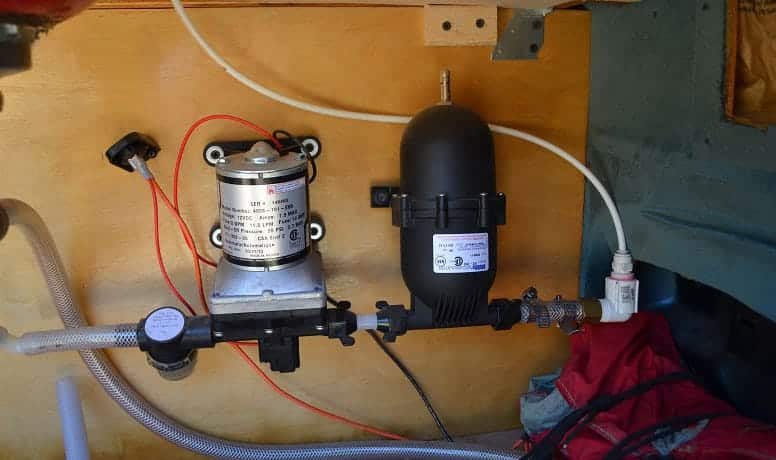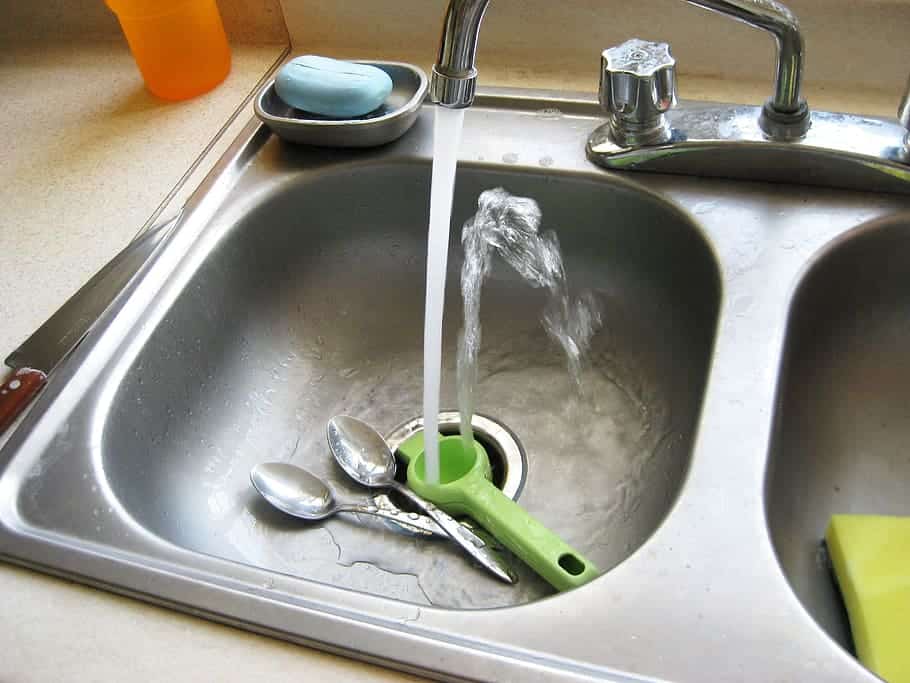Any ardent RVer knows the importance of the RV water pump. It’s the reservoir for fresh water when you are out in the woods or in a remote place that does not have a safe drinking water source. What will happen when you are in such a place and the pump does not have enough pressure to supply water through the lines? Knowing how to prime RV water pump is the only way to tackle this problem.
Contents
Why Does a Water Pump Need Priming?
Having a faulty water pump is the worst thing to deal with when you are boondocking.
It needs priming when it remains unused for a while. A long break makes the pump lose its efficiency, so it cannot create enough pressure to spurt water from the tank to the lines. A newly installed pump may also need priming before the operation.
Priming is actually flushing back the pump and forcing it through. Doing so creates adequate jetting pressure again in the pump. The process is simple, which requires only a few tools and involves no complicated step.
RVs have built-in tanks that can store 50 to 200 gallons of fresh water. A pump’s power depends on how many gallons of water it can supply every minute. You can get either 12V or 24V pumps. The first type is the standard one and can supply around 3.5 gallons per minute. This is ideal for most travel trailers since they run on a 12V battery.
A 24V pump could be the right choice for a large motorhome, truck, or skoolie. These pumps can produce a higher level of water pressure and supply more than 5 gallons per minute. However, bigger pumps don’t mean better because they create high pressure on the RV’s plumbing system and increase water and electricity bills.
How to Prime RV Water Pump: Fix RV Water Pressure
Accessing the water pump is a bit tricky due to its location underneath the bench seats. In some RVs, it could be inside the kitchen cabinets too. Checking the RV’s user manual is the easiest way to find its location. But if you have lost it or unable to follow instructions, follow the water line underneath the kitchen sink. It will lead right to the water pump.
Once you locate the water pump, the next step is collecting the tools instrumental for priming. The items for how to prime RV water pump are:
- A jar
- Rubber tubing
- A flat head screwdriver
- Water
After getting these few simple items, you have to move on to the next part, which is priming the pump.
Instructions: How to Prime RV Water Pump
Just follow these steps one after one to bring back the lost pressure in your RV freshwater pump:
Disconnect the outlet line.
There is a water line coming out of the pump and it needs to be detached before doing anything else. There will be an attaching collar in the connecting point and that collar has a screw that you need to turn counterclockwise until it becomes loose. It should be loose to the point where you can pull off the hose with no struggle.
If you can’t identify the line, look for a clear plastic pipe coming out of the pump. This line supplies water to the kitchen sinks, showers, and toilets in your RV.
Clamp the outlet line.
Connect the rubber hose to the outlet line. Slide the water outlet line’s collar toward the end of the rubber hose and then connect the hose to the outlet spout. Just screwing down the clamp is enough for the attachment.
The hose and water line should have the same diameter and the hose must be long enough to protrude from the pump.
Another thing to be careful about is that the hose should be designed for drinking water. You cannot use a random hose designed for other purposes, as it could be unhygienic.
Pour Water into the rubber hose.
Fill a jar with 12oz of water. Hold the rubber hose high in the air so it stays above the level of the pump. Pour the water into the hose and seal its open end with your thumb.
Switch on the water pump and wait for a minute. It should be enough for the water pressure to build up. If it’s done correctly, you will feel water touching your thumb. It means that the pump is creating enough pressure for the water to travel from the tank to the connected lines. Then, switch the pump off and move on to the next step.

If you use the line connected to your kitchen sink as the hose in this step, the amount of poured water needs to be a gallon at least. A small amount of water can create an air trap inside the line.
Reconnect the outlet line.
As you have successfully primed the water pump, now this is the time to reattach the water line. Detach the rubber hose from the outlet and connect the line to the pump. Tighten the screw of the attaching collar.
You are done! This is how to prime RV water pump.
Turn on the kitchen faucet and then switch the pump on. If the pressure is right, water will run through the faucet within a few seconds.

WARNINGS: Some people use antifreeze in the water lines when storing for the winter months. If you have done that, you will need to leave the faucet running until there is no trace of the antifreeze, which is harmful to human health, and consuming it with water can make you ill.
Conclusion
Priming an RV water pump is a simple task that you can do without any professional help. Before starting any journey, never forget to check the water pressure. You can fix the low or no pressure problem within an hour.
